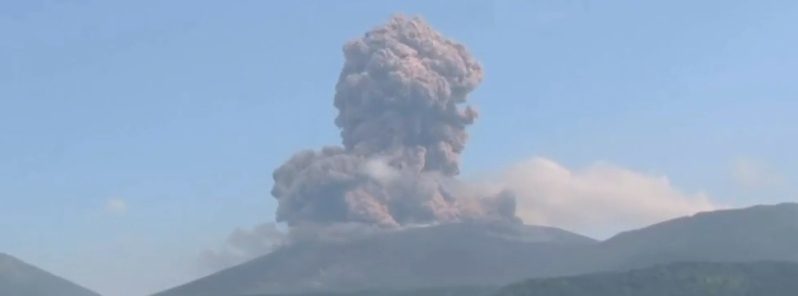OF THE
TIMES
I've had enough of someone else's propaganda. I'm for truth, no matter who tells it. I'm for justice, no matter who it's for or against. I'm a human being first and foremost, and as such I am for whoever and whatever benefits humanity as a whole.
Highlander, I am half Scots half English , like it or not. I have ancestry that remembers Glencoe. Yes that line three generations later was at...
Learning from their great role models. The Nazis called their state the "Thousand-Year Reich".
Considering that Jill Stein is Jewish, Netanyahu's claim is interesting, but Stein is not in alone in her disagreement with the Zionists: Zionism...
Interesting to see these punches between an Englishman and a Scotsman... We just need an Irishman to give us the punchline.
1. That’s obvious. 2. That’s simple you delude yourself. Either that or you think you can delude others. 3. I’ve read your reviews, hence the...
To submit an article for publication, see our Submission Guidelines
Reader comments do not necessarily reflect the views of the volunteers, editors, and directors of SOTT.net or the Quantum Future Group.
Some icons on this site were created by: Afterglow, Aha-Soft, AntialiasFactory, artdesigner.lv, Artura, DailyOverview, Everaldo, GraphicsFuel, IconFactory, Iconka, IconShock, Icons-Land, i-love-icons, KDE-look.org, Klukeart, mugenb16, Map Icons Collection, PetshopBoxStudio, VisualPharm, wbeiruti, WebIconset
Powered by PikaJS 🐁 and In·Site
Original content © 2002-2024 by Sott.net/Signs of the Times. See: FAIR USE NOTICE

Comment: This comes days after an M6.1 earthquake in Osaka. Japan, which killed 3 people, and a few months following Shinmoedake's first recorded pyroclastic flow.
Other seismic and volcanic activity documented in the past few months:
- Powerful M6.1 quake strikes Port Villa, Vanuatu - Location considered "unusual"
- Vancouver Island hit with over 150 tremors in 24 hour
- M4.4 earthquake shakes part of northern Oklahoma
- Kilaeua: Lava covers more than 9 miles of island, M5.4 quake reported
- Series of stronger eruptions at Stromboli volcano in Italy
- Volcano in the Galapagos Islands erupts after series of 9 earthquakes
- Powerful earthquake in Bárðarðarbunga, Iceland, one of Vatnajökull's monster volcanoes
- Sakurajima volcano erupts again in southwestern Japan
- Another major eruption at Mount Sinabung, Indonesia
- Yellowstone's Steamboat Geyser has now erupted eight times in less than three months intriguing scientists
For more on the changes occurring on our planet, check out SOTTs' monthly documentary: SOTT Earth Changes Summary - May 2018: Extreme Weather, Planetary Upheaval, Meteor FireballsAs well as SOTT radio's: Behind the Headlines: Earth changes in an electric universe: Is climate change really man-made?